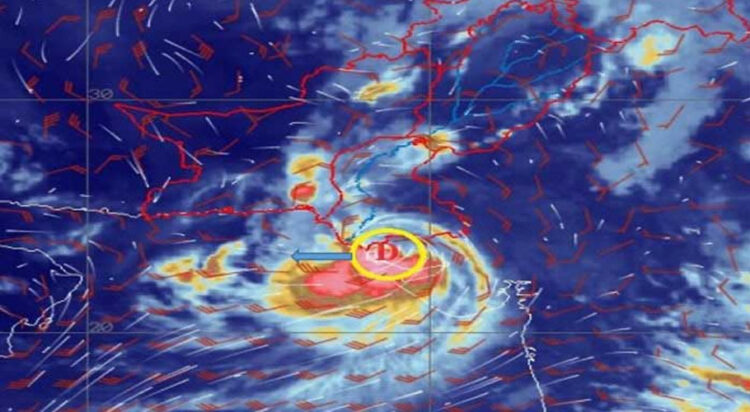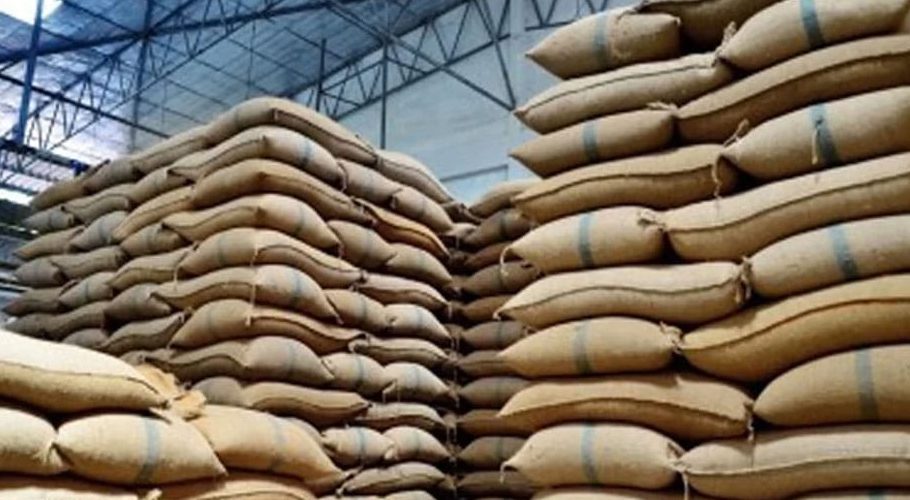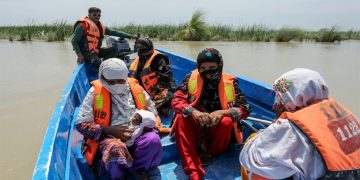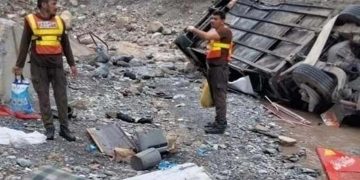Cyclones, also known as tropical storms, happen all over the world. Naming them helps quickly share warnings and prepare people. It makes tracking and talking about these storms easier, especially when there are many storms at the same time.
Names also help avoid confusion for meteorologists, the media, emergency services, and the public. Naming cyclones also helps with keeping historical records and studying storm patterns and effects.
In the past, storms were named after things like boats or places. In the 1950s, storms started being named with female names. Later, a more organized system was introduced, where names followed an alphabetical list: the first storm would start with A, the next with B, and so on. Since 1953, the National Hurricane Center has provided these lists for Atlantic storms. In 1979, male names were added to alternate with female names.
Today, the World Meteorological Organization (WMO) has strict rules for naming cyclones. The rules vary by region. In some places like the Atlantic and Southern Hemisphere, cyclones are named alphabetically, alternating between male and female names. In other regions, names follow the alphabetical order of countries.
The naming process is managed by five regional cyclone bodies. These groups create lists of names suggested by WMO member countries. The names are chosen based on how familiar they are to people in each region, to help them remember and understand the storms.
When choosing new names, the following factors are considered:
- Short and easy to use
- Simple to pronounce
- Suitable in different languages
- Unique so that the same names aren’t used in other regions
Asna Cyclone:
A cyclone is currently forming in the Arabian Sea, prompting a high alert in the coastal areas of Sindh, including Karachi. According to Pakistani experts, if the storm develops, it will be the first cyclone in the Arabian Sea in August since 1976 and will be named ‘Asna,’ a name proposed by Pakistan.




































